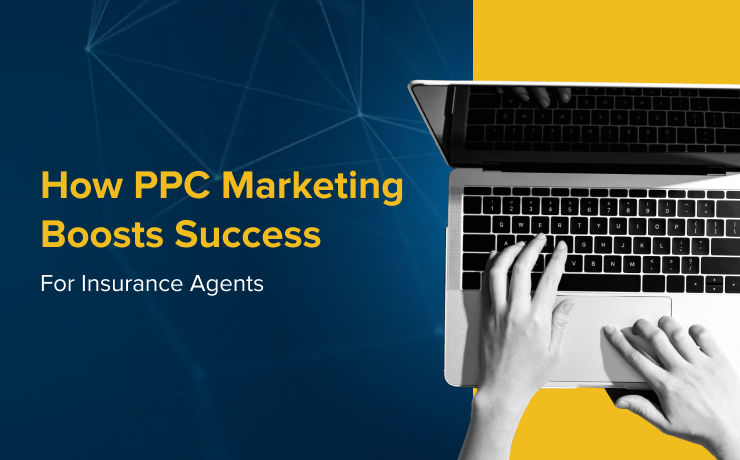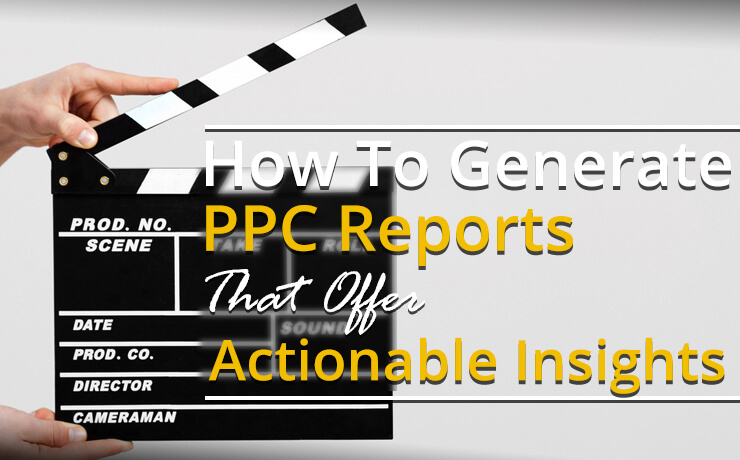Google Shopping Segmentation Strategies

Brian Chung
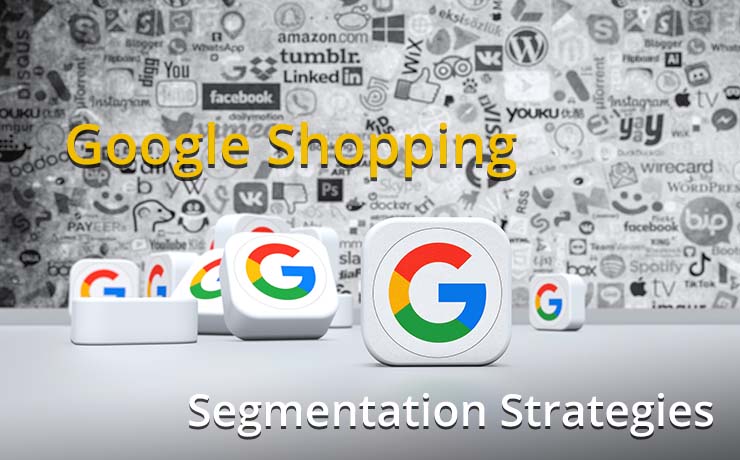
Google Shopping Ads or PLAs (Product Listing Ads) are a great way for merchants and advertisers to tap into the direct response medium of digital advertising for ecommerce. Segmenting your campaigns allows you to break down large datasets into smaller bite-size datasets to gain actionable insights to optimize and leverage your advertising data for exponential growth. In this post, we’re going to go over some common segmentation strategies for your Google Shopping Campaigns to drive more results.
Google Shopping Campaigns Introduction
When you first create a Google Shopping Campaign, you most likely create one ad group (Labeled Ad Group 1) with all of your products underneath this one ad group, performance most likely isn’t the best – trust me, I’ve been there too. It’s extremely easy to set up a Google Shopping Campaign with a one-size-fits-all approach that typically is almost… never a good idea.
With Google Shopping Campaigns, there are two campaign types to choose from:
- Standard Shopping
- Smart Shopping
The key difference between the two is that Smart Shopping encompasses both prospecting and remarketing within one campaign while also leveraging machine learning and AI for bidding, ad placement, and targeting. Standard Shopping allows for more control over the entire campaign, but lacks the option to have both prospecting and remarketing set up automatically within the campaign. Standard Shopping also allows for advertisers to add negative keywords, control bids, and target specific locations (instead of entire countries).
Within Google Shopping Campaigns, there are two types of segmentation:
- Ad Groups
- Product Groups
Similar to Google Search Campaigns, Ad Groups are a way of organizing a large campaign into multiple buckets that may have similar goals and keyword themes. Ad Groups act very similar to Search Campaign Ad Groups, but instead of keywords, Google Shopping Campaigns have Product Groups – subdivisions within Ad Groups that can be leveraged to group similar products together based on target KPI goals.
With Product Groups, you can segment your entire Product Feed into multiple subsets of products even down to each individual SKU. There’s a ton of ways to segment your product feed and there is no ‘end-all-be-all’ answer, but after spending millions of dollars on Google Shopping Campaigns over at SmartSites, we have found a few segmentation strategies that have proved to work well across various verticals.
Price Band Segmentation
Price Band Segmentation is one of our favorite ways to start Google Shopping Campaigns with little to no data. The idea here is to group products by price (ex. $100-$500, $500-$1,000, $1,000-$2,000, etc.) to have KPIs geared towards each product group based on their retail price. With this segmentation, as an advertiser, you can give specific KPI targets for each individual Price Band. For example, one of our clients in the music industry sells products ranging from $100 on the low end up to $8,000+ on the high end. What we did here was to create multiple shopping campaigns and created segmentation across many shopping campaigns instead of grouping all products into one campaign.
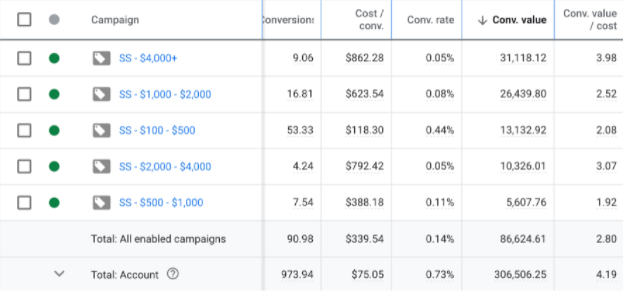
Margin Segmentation
Margin Segmentation is a great way to hone in on overall profitability from a business perspective. When merchants know their margins per product, we can easily add custom labels to each product dependent on each product’s margin. For this strategy to work, you need several months of good data before making the switch to Margin Segmentation. For one of our merchants that had almost a year of data on Standard Shopping, we replaced their 40+ shopping campaigns for 3 smart shopping campaigns with Margin Segmentation and have exceeded their historical 3.5x ROAS when on Standard Shopping.
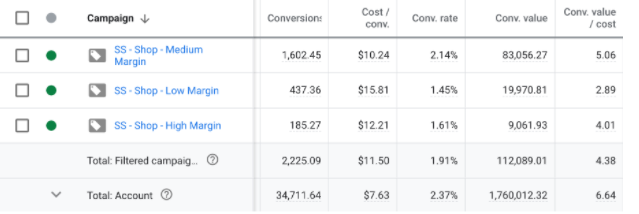
Performance-Based Segmentation
Performance-Based Segmentation is another way to prioritize certain KPIs depending on the business’ goals. There are two ways we leverage Performance-Based Segmentation:
- Volume-Based Performance
- Profitability-Based Performance
With Volume-Based Performance, this is a good strategy for businesses that are trying to go after purchase volume rather than overall profitability. To do this, you would need to set up Custom Labels such as High Volume and Low Volume and group products based on conversion performance from the past few months of data. You would want to create a higher budget campaign with the ‘High Volume’ label and a lower budget campaign with the “Low Volume” label to focus on higher volume with more budget and still show for the low volume products as well on Google.
Profitability-Based Performance segmentation is another viable strategy for businesses that are looking to increase their overall profitability margin month over month. You would follow the same custom label strategy here, but instead of Volume, we would look at ROAS. This strategy becomes a bit tricky when looking at products that may have high ROAS, but only a handful of purchases. Use good judgment here to get a mix of High ROAS as well as purchase volume and set a benchmark ROAS to where you can segment low ROAS vs high ROAS.
Partner With Google Shopping Experts
SmartSites can help improve your Google Shopping Campaigns. We offer a free consultation and Google Ads Audit to learn more about your business and begin to offer the right solutions to propel your business in the right direction. Our goal is to help businesses grow, and we mean yours too!
 Free
Consultation
Free
Consultation Free
Google Ads Audit
Free
Google Ads Audit

